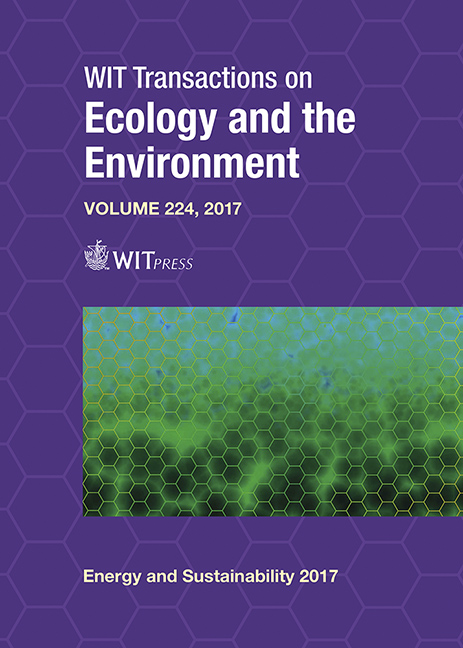A COMPARATIVE ANALYSIS OF THE CERTIFICATION SYSTEMS OF GREEN SCHOOLS
Price
Free (open access)
Transaction
Volume
224
Pages
13
Page Range
187 - 199
Published
2017
Paper DOI
10.2495/ESUS170181
Copyright
WIT Press
Author(s)
IBRAHIM KOCABAS, MEHTAP BADEMCIOGLU
Abstract
Sustainability is an approach that should not merely be limited to the design of buildings, but be a life style adopted by posterity. Individuals ought to have the consciousness to protect and preserve the natural resources of future generations. This is what will probably make studies on sustainability reach their targets. School buildings are critically important in achieving this goal in that they can enable future generations to be raised with an awareness of sustainability. This explains the reason why, in this study, the below leading green school certification systems and their criteria have been compared and examined: Leadership in Energy and Environmental Design, Collaborative for High Performance Schools, and Building Research Establishment Environmental Assessment Method. Five schools with these certificates were taken as examples, evaluated and compared. This study, in which descriptive survey model was employed, made it clear that the standards set for green schools serve similar purposes no matter when a green school certification system originated or which countries have adopted it. However, the below variables play an important role in the success of green school approach: attitudes of administrators, training pattern, location of the school, materials selection, and responsibilities of educators and learners. School buildings in Turkey should further be discussed in detail with these points in mind.
Keywords
sustainability, green schools, green school certification systems





